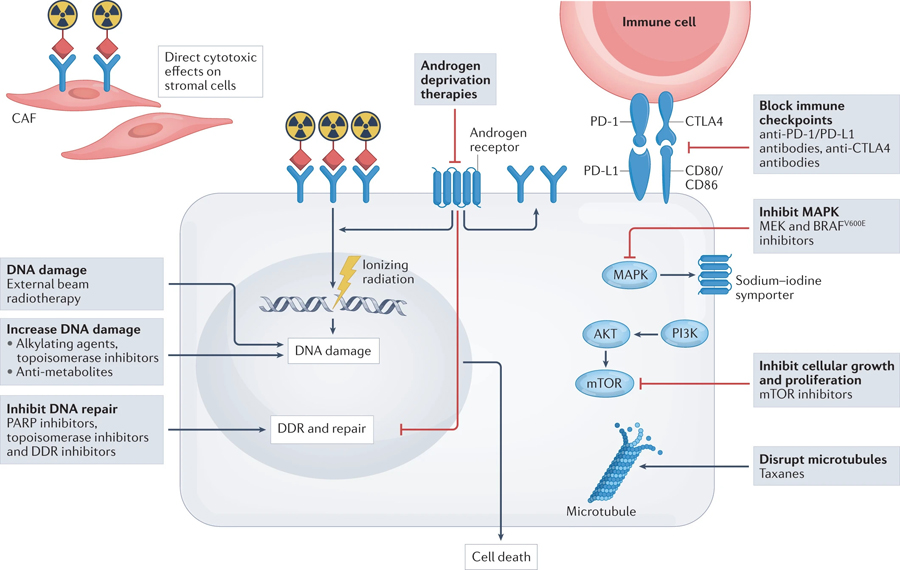Fig. 4 |. Therapeutic approaches involving radiotheranostics.

Therapeutic effects on cancer cells caused by DNA damage induced by either α-, β- or auger-emitting radionuclides can be enhanced via combination with drugs that either cause direct damage to DNA (such as chemotherapies) or inhibit DNA damage repair directly (such as PARP inhibitors) or through modulation of the associated signalling pathways (such as novel androgen-deprivation therapies). Radiotheranostics can also target the tumour microenvironment (such as cancer-associated fibroblasts (CAFs)) and kill stromal cells, which can indirectly lead to tumour regression. Bystander effects, owing to use of β-emitters, on the DNA of cancer cells that do not express radiotheranostic target proteins can nonetheless lead to tumour cell death. Targeted radionuclide therapies might also induce antigen presentation following cancer cell death and, when combined with immune-checkpoint inhibitors, lead to enhanced antitumour activity. DDR, DNA damage response.
